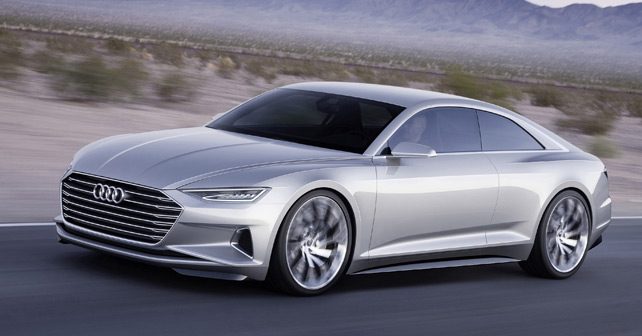
Jens covers a range of topics this month – everything from conservative styling and anti-retro positioning to the future of diesels.
A udi has received a lot of flak for its styling – and deservedly so. It’s one of the reasons the brand rose far beyond its original market positioning, which – in the 1970s – was right next to Opel and Ford. An unrelenting pursuit of technology and design brought Audi into BMW and Mercedes-Benz territory. The “aero look” of the 1980’s was as much a landmark as the retro-futuristic first-generation TT. But those days are over! The recent A4, A5 and Q5 are virtually indistinguishable from their predecessors, and even the halo models, the Q7 and R8, seem uninspired, boxy and conservative.
All of these models were designed before Marc Lichte moved from Wolfsburg to Ingolstadt. He couldn’t do much to change the recent models; the latest one, the Q5, was finished, with tooling ordered by the time he was in a position to make a difference. He did manage to tweak the front end of the Q2. But the first full-fledged Lichte cars will be launched from next summer onwards – first the A8, followed by the A7 and the next A6. I spoke with Lichte a few weeks ago. Here’s what he said:
“Our brand is defined by premiumness, sportiness and progressiveness. In the competitive set, premium quality is a given – like Audi, BMW is sporty, and so is Mercedes-Benz now. The differentiator is progressiveness. We have newly defined a styling language for the A, Q and R models, with a distinct face and a distinct lateral section each. And even within the three groups, the models will be clearly differentiated. Each model will have its own identity. The RS models will be very clearly differentiated from the A and Q models. As to the interior, the next step is motivated by the concept of smartphones, with a touch-screen user interface. We have developed our future interface as a perfectly integrated evolution of the A4’s interior. Our electric models will get their own identity as well – they will look distinct and even more progressive than conventionally powered Audis.”
Notes from Europe
Audi’s future looks promising, but the competition isn’t sleeping. I was impressed by Citroen’s premium subsidiary, DS, at the Paris motor show. They are set to become a player on the international stage, and, by 2020, DS aims to launch 6 new global models. I recently drove a DS3 – a direct response to BMW’s Mini, and a declaration of war with its advertising claim: “Anti Retro.” It’s fast, responsive, and stylish – and an excellent alternative to the German competition.
On the wild side, I am electrified by the prospect of the hypercar that Mercedes-AMG teased at the Paris motor show. That hybrid is designed to surpass anything else on the Nürburgring, but it won’t aim to dethrone the Bugatti Chiron in terms of its terminal velocity. A top speed in the vicinity of 350km/h is “sufficient,” AMG chief Tobias Moers tells me. We can expect to see an automated one-clutch transmission, similar to the Lamborghini Aventador’s, and scissor doors, like on the Mercedes-Benz SLR McLaren.
The future of diesel
Diesel’s reputation has been severely tarnished by the VW scandal, but I’m sure that the technology will prevail. In fact, it’s enjoying a remarkable surge in the US market. Chevrolet and Jaguar Land Rover are among the latest to join the diesel market – with the aim to snatch away some of the market share that the VW Group is now barred from serving. I believe clean diesels will do well in the US, and will continue to dominate the European market.























Write your Comment